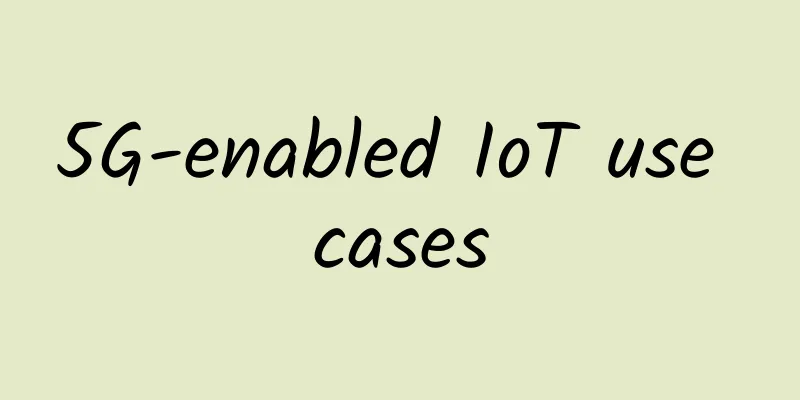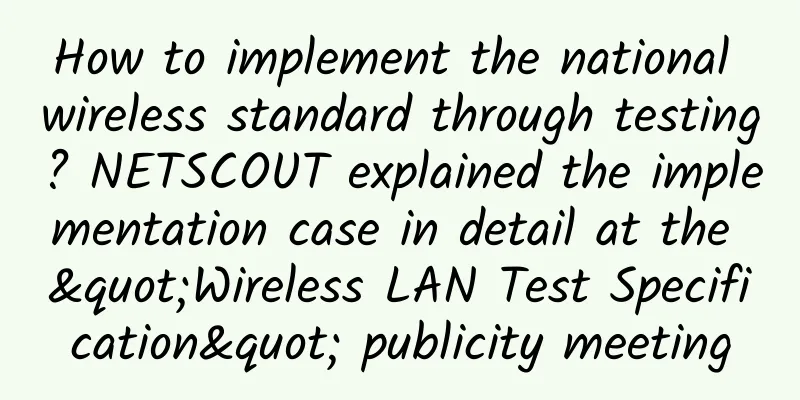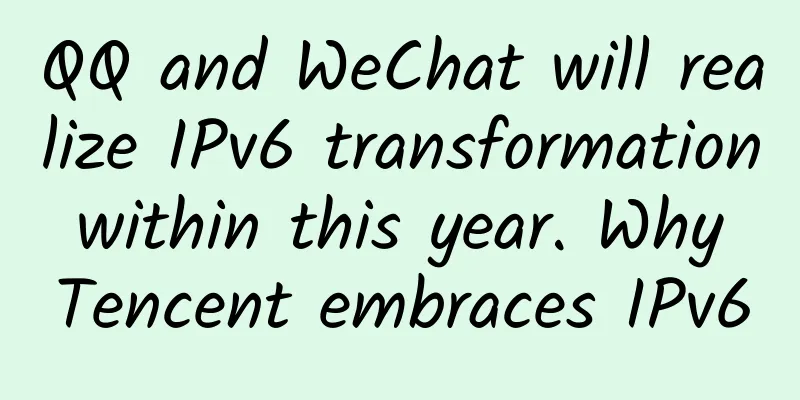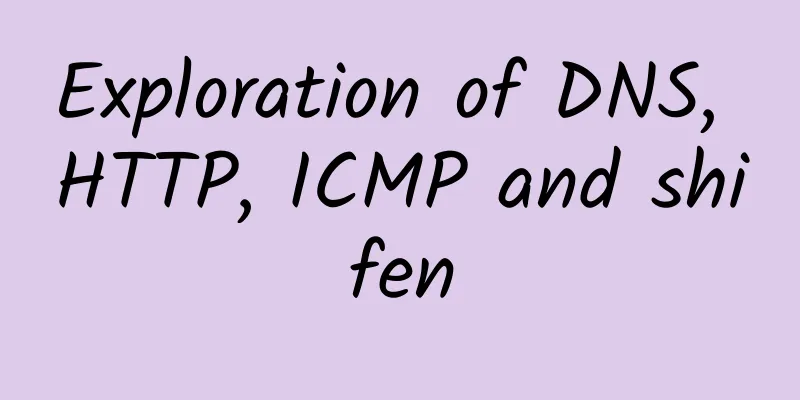5G-enabled IoT use cases

|
The commercial use of 5G provides enterprises with richer IoT application scenarios. The fifth-generation mobile communication equipment has low latency and high security, and provides new options for mobile device networking. However, building an end-to-end IoT solution with cellular connectivity is complex and requires expertise in embedded systems, connectivity, real-time, time series-based systems, antenna design, cloud computing, etc. How can business decision makers simplify projects? To meet this challenge, telecom operators provide market-oriented IoT platforms to take full advantage of the new service opportunities brought by 5G.
Platform providers enable telecom operators to quickly develop, deploy, and commercialize cross-industry edge, IoT, and other services by providing products such as IoT plug-and-play and managed application platforms. For critical business applications that require low latency, edge computing capabilities provided by the platform can be used. To connect legacy devices, operators can utilize edge computing modules. Case 1: Asset Tracking Using IoT for asset tracking is not new, but using 5G for connectivity offers unique benefits. Asset tracking is based on the general principle that asset tracking solutions periodically send small amounts of data from sensors to the cloud to be stored, analyzed, and acted upon to optimize the use of assets:
(1) Differences in asset tracking using 5G:
(2) Ensure the safety and compliance of drugs and foods Cognizent has designed a preconfigured, customizable cold chain and asset tracking application that accelerates access to valuable sensor data for timely decision making. It provides operations, logistics, and supply chain managers with near real-time data to track perishable and temperature-sensitive goods such as pharmaceuticals, food and beverages, and agricultural products. The goal is to track, maintain logs, and alert on temperature changes as these assets move from the factory (or field) to the storefront to ensure safety and compliance. As 5G infrastructure comes online, 4G/LTE sensors and hardware can be updated via firmware to take advantage of the latest network capabilities. Cognizen is committed to advancing the development of its solution accelerators, including more roles, reports and enterprise integrations. Case 2: Key business applications 5G provides ultra-reliable low latency, enabling precise business-critical use cases where safety is a priority. Low-latency networks are ideal for commanding and controlling automated guided vehicles (AGVs) in warehouses, real-time communication between robots in smart factories, and AI-enabled real-time video for quality control. (1) The value of using 5G A 5G connection is the best choice for this case because it offers higher bandwidth, greater stability, and very low latency when connecting to the cloud compared to Wi-Fi options. (2) Reduce warehouse space requirements A Canadian manufacturer of robotic supply chain solutions worked with a Canadian wireless network operator to build a 3D robotics fulfillment solution using a private cellular network optimized for low latency. Creating IoT solutions on a private LTE network. The company's unique fulfillment automation technology compresses warehouse racks into vertical storage structures. Machinery moves horizontally and vertically along the X, Y and Z axes within these structures, retrieving goods and delivering them to the perimeter, where workers pick, pack and ship the goods. The company claims that its modular, all-in-one supply chain product can reduce the warehouse space requirements required by retailers by 85%. Case 3: Connecting to legacy devices The third IoT use case is to connect assets directly to the cloud via 5G. Enterprises can transform all types of assets into smart devices to improve operations reliably and easily. (1) The value of using 5G With 5G, organizations in more than 200 countries and regions can now connect their various devices directly to their own cloud networks for secure remote management and monitoring. Opting for a direct cellular connection to the cloud bypasses the need for Wi-Fi and enables device connectivity in remote areas without Wi-Fi access. Finally, this approach enables mobile devices to roam without having to disconnect and re-pair to multiple Wi-Fi networks. (2) Predictive maintenance A large coffee shop chain used IoT to implement a predictive maintenance solution for its coffee machines, grinders, and blenders. Each store had more than a dozen devices running 16 hours a day. To reduce disruptions caused by equipment downtime and connect devices securely in the cloud, the coffee chain deployed an IoT solution. Each asset was attached with a predictive maintenance module. The solution securely aggregates data and proactively identifies issues with machines, enabling it to move from reactive maintenance to a predictive approach that proactively prevents problems. |
>>: Let’s talk about 5G positioning technology
Recommend
5G messaging has reached the final stage of interoperability and testing. Can it replace WeChat?
The social dream of the three major operators has...
IntoVPS: Hourly KVM monthly fee starts at $5 ($0.0075/hour), 6 data centers available
IntoVPS is an unmanaged VPS hosting brand launche...
Gigamon: Using virtual visualization to help enterprises start their cloud journey
[51CTO.com original article] "Visualization&...
Co-construction and sharing to protect and release the dividends of 5G
[[351365]] There has always been controversy in t...
The Ministry of Industry and Information Technology launched a special rectification campaign for the Internet industry: focusing on rectifying issues such as App launching pop-up windows to deceive and mislead users
According to the website of the Ministry of Indus...
CNCF TOC Committee Member Zhang Lei: What has the evolving cloud native brought us?
[[412417]] What is cloud native? Even though the ...
What is OSI model?
Today I tweeted some thoughts about how the OSI m...
Can the three major operators jointly develop Fetion to compete with WeChat?
A recent tender notice from China Mobile has brou...
Websites and mobile application services are becoming increasingly complex. Ruishu Information has opened a new starting point for "dynamic braking" safety
[[188848]] In order to obtain huge economic benef...
Is SD-WAN dead? The answer is of course no
At first glance, everyone must be shocked by thi...
What hurdles do 5G mobile phones need to overcome before they can be launched on the market?
Recently, more and more mobile phone manufacturer...
The most anticipated technology trends in 2023
In 2023, technology will further develop, and new...
5G and edge computing: a powerful combination
The benefits of 5G and edge computing in the ente...
LOCVPS: Charge 100 yuan for free in December, 20% off for all items, 30% off for 6G memory package, starting from 66 yuan/month
November is about to end, and LOCVPS has launched...









